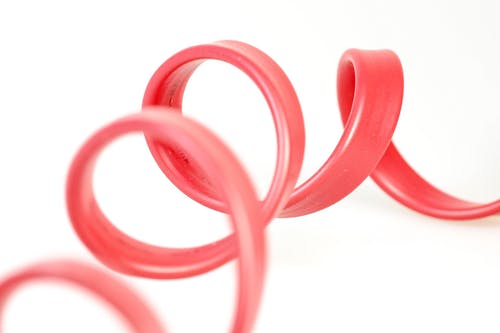
The number one rule of every home or office workspace is to keep the cables as nicely and tidy as humanly possible. This is referred to us as effective cable management.
Cable management can sometimes be a nightmare to deal with. That’s because there can be up to dozens of cables coming out from your PC that goes into the power, the monitor, and any other external devices.
Dealing with cables can often times leave us frustrated and exhausted from the constant moving of things. So, because of that, here are 7 effective ideas for cable management.
1. Always Measure First
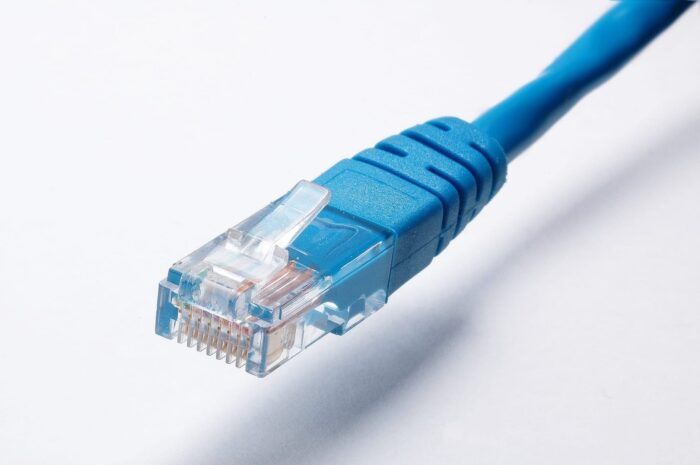
Your office or home workspace is significantly different from one another. That’s because we have different setups at home and at work. But not only that, we tend to use different methods of cable management.
Some of the more popular ones include using wire duct, conduit, and even surface raceway. But the golden rule of cord management is to measure before you apply it.
Measuring the length of each cord can give you a good indication of how you should wrap your heads around this issue. It will be more than enough to know how long each cable is to know who to pair it with.
If you do things the right way, then there will be significantly less time spent on re-doing things, re-calculating, and of course, fewer headaches.
2. Never Go Overboard
Regardless of which method you’re using to run cable management, it’s important to respect how much cord you can actually put inside it before you reach its capacity.
If you do go overboard, then you’re risking actually damaging the cables or interfering with the connection. But that’s not all of your problems. You risk completely crushing the cables, damaging the insulation, and even risking overheating and catching fire.
Regardless of which method you use, it’s important never to go over the recommended capacity. It’s also recommended that you use products that fall perfectly within the guidelines of safety and security.
You don’t want to be using something that is easily heated and connect a few cables together; that would be a recipe for disaster.
3. Never Let Your Children or Pets Get Into Contact With the Cords
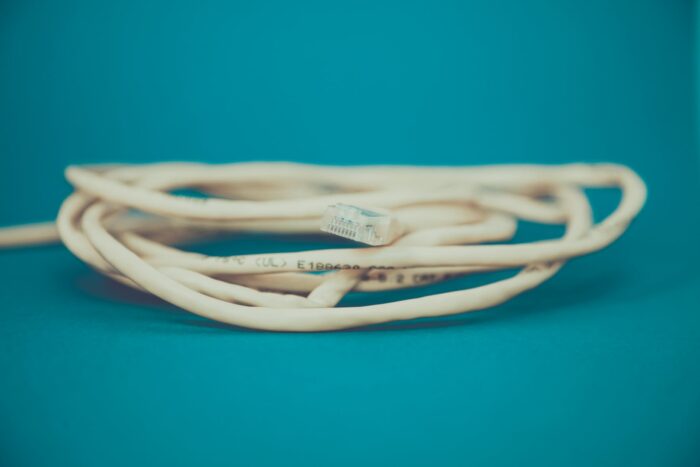
It goes without saying that your children or pets should get nowhere near your cords. That’s because one wrong move and you’re left with a mess to deal with.
But even more importantly, you are risking damaging your equipment. The damages might come in the form of broken ends and even wholesale hardware damage.
If a pet gets in between you cords, then you’re risking it making a complete mess out of your PC by running away in fear.
It doesn’t take a genius to explain that pets and children should stay clear of such equipment. Not only are you increasing the lifespan of your equipment, but you’re also preventing any risks to them.
4. Use Grommets
In most cases, you’ll need a cable to go through a hole that’s specifically created for this purpose. In most cases, the material which the desk or cabinet is made of will be wood, plastic, and even metal.
In all three cases, the edges can be quite sharp and can do a lot of damages to the cords that go through these holes. This issue is quite common nowadays, and people have been doing all kinds of shenanigans to solve it more efficiently.
But none work better than using grommets. A grommet is nothing but a rubber thingamajig that can go into the hole and cover the edges while the cable goes through it safely and nicely.
Grommets are heavily used throughout dozens of industries as the best way to manage cords. They’re safe, provide protection to anything that goes through it, and can prevent electrical sparks since they’re manufactured from rubber.
Grommets will solve any issue that you might cable needs to go through a hole in your work desk, and we will recommend the best grommets by clicking here.
5. Prevent Tripping Hazards
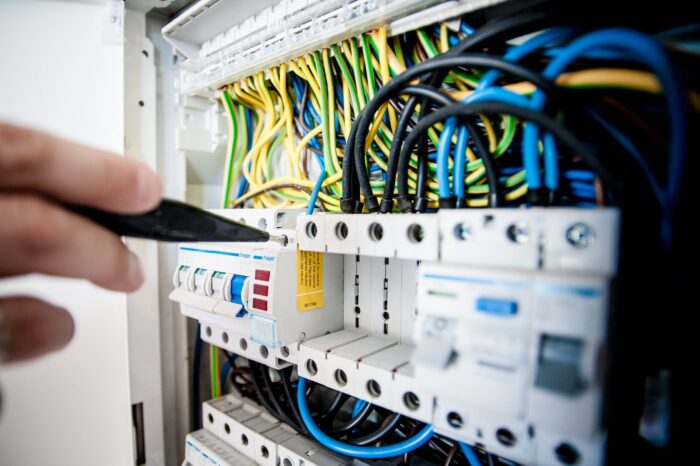
Not every cable management is solely focused around your office or home workspace.
Some cords go along the floor; this is usually the internet cable. But regardless, if you don’t take care of it properly then you’re creating a tripping hazard.
This is something that you’d be desperate to avoid as it could damage any equipment but also be potentially harmful to yourself and others.
The best way to prevent a tripping hazard is by adding rubber protectors that go along the side of the cable. These are excellent for not only protecting the cord itself but will also stock them away preventing you from tripping on them.
6. Never Bend Too Much
Every cord has its own bend radius which tells us how much we can actually bend the cord before we do something to it.
The damage will come, usually, in the form of loss of signal, and that’s something that you don’t want on your hands when working from home.
This issue is especially present when dealing with copper or fiber optic cords. These have a bend radius that cannot be surpassed as the end result would be a dead cord that no longer works.
While there isn’t really an indicator as to how much you can bend the cord itself, you should never practice going overboard.
7. Prevent Gadgets from Clutter
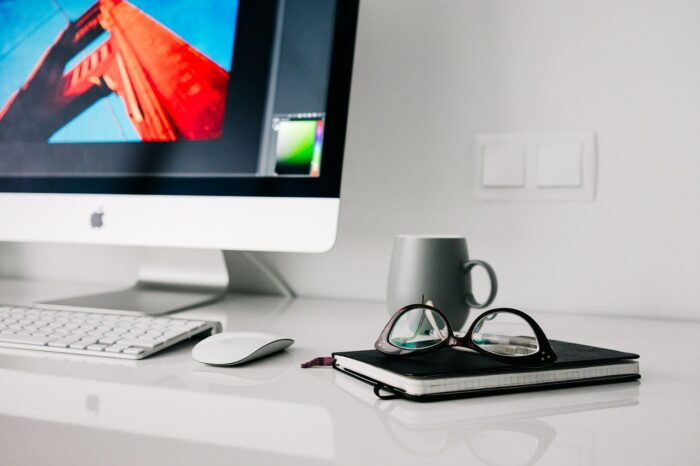
We might have dozens if not several dozens of gadgets at home that can clutter up pretty fast. Most of these are corded, meaning they require either constant charging or recharging when going low on battery.
Let’s assume that you’re on your desk working and you have your PC, a tablet, a drawing tablet, your phone, your PSP, and a few other devices.
This clutters up your space pretty fast, leaving you with a lot to deal with. What’s even more damming is that each of these devices requires to be charged at some point in the day.
While you could charge them there, we suggest you create a charging station with a lot of docks that can be placed somewhere safe where the cable doesn’t create a problem.








